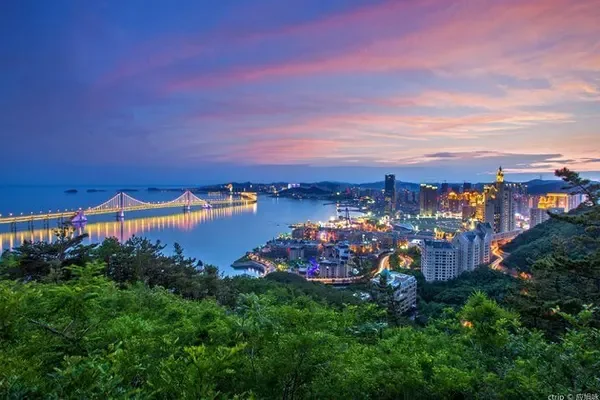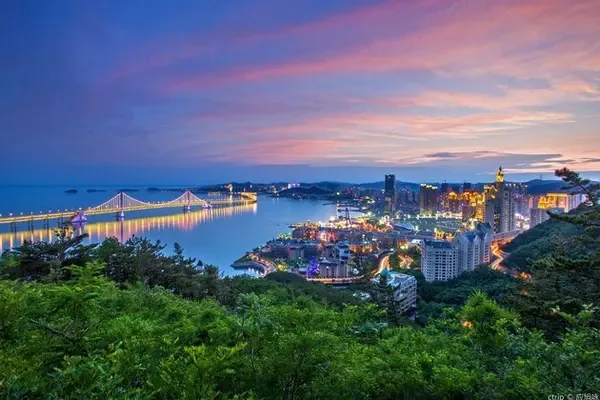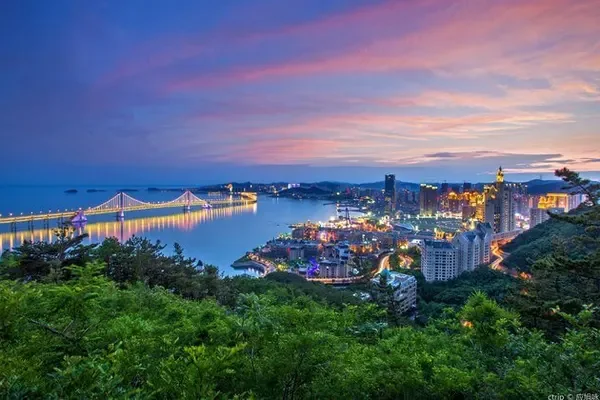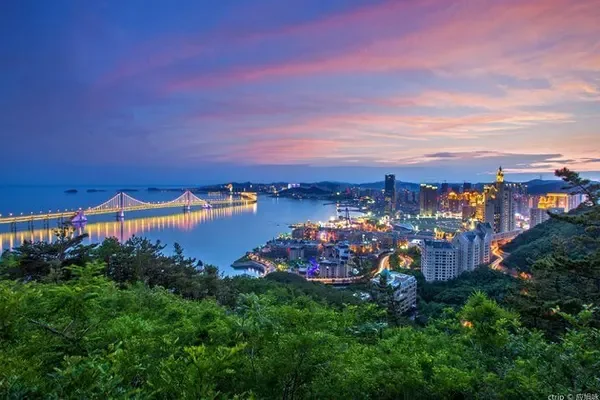Jiaohe Ancient City, a willow leaf-shaped platform surrounded by the diversion of the river. The two intersecting rivers around the city are like a large natural moat, and the edge of the platform is washed by the Yarnaiz River all the year round. The cliffs with a height of tens of meters have become a natural fortress wall. Because of the dryness and lack of rain here, the main structure of Jiaohe Ancient City has been miraculously preserved. This city built of raw soil, sandwiched between the Han and the Hungarian, has enjoyed the state for more than 500 years, and has achieved a beacon on the Silk Road. legend.
In 108 BC, Emperor Wu of the Han Dynasty sent troops to the Western Regions to defeat Gushi's army and changed the country's name to Cheshi. In the next 48 years, the Western Han Dynasty and the Xiongnu fought five major battles for the city of Jiaohe. In 60 BC, Cheshi was split into two kingdoms, the former and the latter, and the six kingdoms in the north of the mountain. Jiaohe became the city of Che. The capital of Shiqian Country. Anxi Duhufu, the highest military and political institution in the Western Regions, was first set up here in the Tang Dynasty.
Anyone who has seen the Old City of Jiaohe with their own eyes will be shocked by the large-scale ruins here. The government offices, Buddhist temples, workshops, and residential houses left over from the Tang Dynasty are row upon row, and one can imagine the prosperity of the place. Nowadays, in the face of desolate and ruined walls, we will encounter the past unexpectedly from time to time. The towering Vajra Pagoda of the Great Buddha Temple, the remaining Buddhist niches of the Todai Temple, and the incomplete Buddha statues of the Xidai Temple were once the spiritual residences of people. Never go away. Walking in the depths of the ancient road, I imagined the Jiaohe River in the hearts of poets more than a thousand years ago: "Climbing the mountain to watch the beacon fire in the daytime, drinking horses next to the Jiaohe River at dusk" (Li Qi), "Qiqi went to his hometown, and went to Jiaohe leisurely" (Du Fu ), "Who is worthy to say goodbye to this place, and conquer in Jiaohe" (Mengjiao), Jiaohe is no longer just a river for drinking horses at dusk, it is the poet's imagination of the beacon fire at the frontier, and the strand of white hair on Zhengren's head , it is also the lookout platform at sunset.

(Internet picture overlooking Jiaohe Old City)













(Internet photo Wu Guanzhong's "Jiaohe Ancient City")
In 1981, Mr. Wu Guanzhong, a master of painting, created the color ink painting "Jiaohe Ancient City" when he was giving lectures and sketching in Xinjiang. The master used rich gray tones to describe the ruins of the ancient city of Jiaohe. Above the ruins, there are flying crows circling in the endless world, which also shows the desolation of the ancient city in the wasteland and the vicissitudes of history. "Historians look at the ancient city of Jiaohe, the endless past stories of the homeland, painters look at the ancient city of Jiaohe, the waves of history have been frozen in the ups and downs of the blocks, and the vertical and horizontal lines of thousands of years are carved in the ruins of the walls. In the picture of this square meter, especially the flock of crows can’t be driven away.” This is Mr. Wu Guanzhong’s own prose and poetic commentary on the work "Jiaohe Ancient City".



